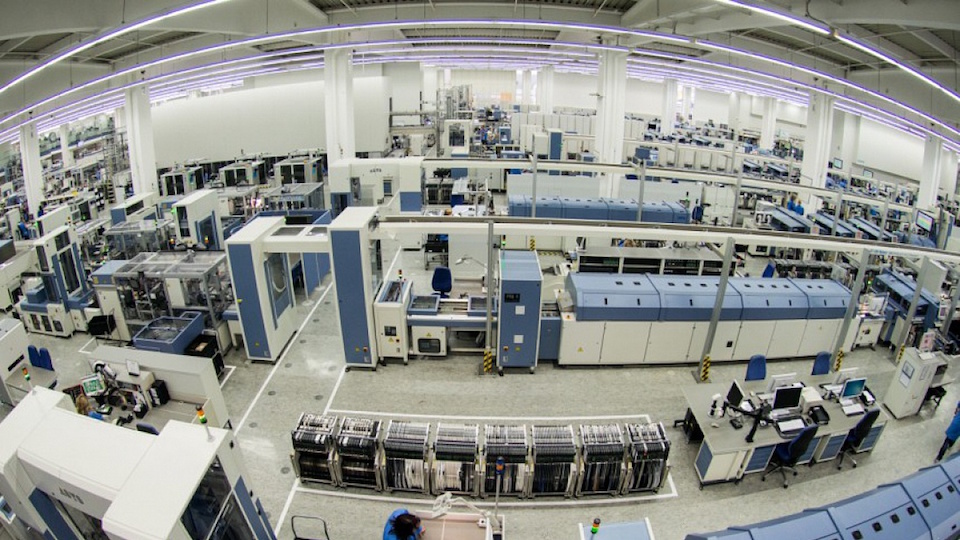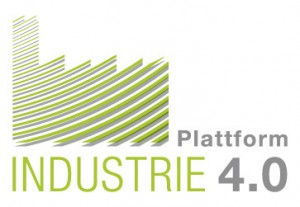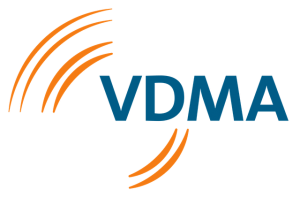Are new technologies needed for implementation of Industrie 4.0? Not necessarily. Rather, it is a matter of toughening up existing technologies so that they can meet future requirements. Profinet is already well-prepared for this because of the important groundwork laid by PI (PI (PROFIBUS & PROFINET International).
Whether Industrie 4.0, the Internet of Things, or Big Data – the close networking of automation components, machines, facilities, and IT systems needed for this is only possible with standardized and integrated communication. At the same time, simple and modular solutions are a top priority of users. In addition, seamless integration of device and production data in business systems is needed, for example, for use of advanced analytical methods. Ethernet-based networks have proven to be especially well-suited for this in both the production world and business world. Advancements in communication technologies have proceeded differently in the two worlds, however. Obviously, the production world places a higher demand on reliability, environmental conditions, real-time behavior, and robustness than the business world.
Nevertheless, the different versions do not have to be set in stone. There is a real chance that a common model can be developed that meets the majority of requirements of both worlds. From the perspective of the production world, some of the most urgent tasks are development of significantly improved cyber security, formal description of application functions such as measuring and controlling, and assurance of a high degree of interoperability. To meet the challenges of Industrie 4.0, today’s system architectures must also be significantly improved. This must take into account the increased digitization of devices and processes and the higher data volumes that are generated by smart field devices. The trend toward decentralization and associated increased bandwidth requirements for networks must also be taken into account. Another important aspect is the standardization of software and hardware based on existing and expanded standards.

If these tasks can be completed, Industrie 4.0 offers a real opportunity for operators and users. Based on well thought-out Ethernet concepts, a better understanding can be achieved for production processes, which will enable lower costs and increased productivity. For example, data acquisition will be made much easier, allowing this data to be available for asset management applications and the like.
Reliable information exchange
There’s no need to reinvent the wheel for this – on the contrary! Ethernet-based Profinet represents one example of how an existing technology can be enhanced for future Industrie 4.0 applications.
Profinet uses the TCP/IP protocol suite without any limitations or changes. Automation-specific tasks such as device parameter assignment, configuration, network diagnostics (SNMP) are handled via the TCP/IP channel. For remote IO and drive applications with stringent speed and deterministic behavior requirements, TCP/IP with its extensive overhead data and long stack throughput times is not sufficient. To overcome these problems, the experts of PI have added an extra real-time (RT) channel for real-time communication of time-critical data. While standard Ethernet hardware and corresponding network components (switches) are used with this method, datagrams are prioritized in switches using priority tagging according to IEEE. This enables deterministic response times in the range of 0.25 to 10 milliseconds and opens up Ethernet for completely new industrial applications.
The RT channel is used for real-time communication with other remote IOs and additional Profinet field devices. Since Ethernet and wireless LAN are both based on the IEEE 802.xx series of standards, Profinet can be easily expanded for wireless communication via access points.
Profinet also includes an isochronous real-time (IRT) channel for high- performance motion control applications, such as for coordination of hundreds of axes with accuracy to the microsecond. Profinet with IRT provides additional hardware support in the form of standard Profinet ASICs to enable a very high degree of synchronization. Reserved time windows are used to transmit datagrams in a reliable cyclic sequence, while the remaining cycle time is used for standard TCP/IP communication.
Good Communication Requires Collaboration
 Another obvious challenge faced by Industrie 4.0 is that new market participants, technologies, and tasks will constantly emerge. To ensure sustainable interoperability under these conditions, a common set of standardized methods must be developed. The objective is for products to be able to interact with one another while allowing companies enough leeway to develop their own profiles for their products. The various committees, professional associations, and industry associations must collaborate closely to develop a common strategy here. A few examples will illustrate this:
Another obvious challenge faced by Industrie 4.0 is that new market participants, technologies, and tasks will constantly emerge. To ensure sustainable interoperability under these conditions, a common set of standardized methods must be developed. The objective is for products to be able to interact with one another while allowing companies enough leeway to develop their own profiles for their products. The various committees, professional associations, and industry associations must collaborate closely to develop a common strategy here. A few examples will illustrate this:
![]() Industrie 4.0 will adopt OPC UA (Unified Architecture) as its service-oriented architecture. Experts believe that this technology will be the basis for the development of Industrie 4.0. PI and OPC Foundation have been working cooperatively for years. This cooperation is being intensified to enable integration of OPC UA into the system architecture of Profinet. Corresponding work has already begun. The plan is to use existing general services developed specially for Industrie 4.0 on the basis of OPC UA.
Industrie 4.0 will adopt OPC UA (Unified Architecture) as its service-oriented architecture. Experts believe that this technology will be the basis for the development of Industrie 4.0. PI and OPC Foundation have been working cooperatively for years. This cooperation is being intensified to enable integration of OPC UA into the system architecture of Profinet. Corresponding work has already begun. The plan is to use existing general services developed specially for Industrie 4.0 on the basis of OPC UA.
 PI is also currently working on solutions for condition monitoring. Based on the reference model for condition monitoring of the German engineering association VDMA (Verband Deutscher Maschinen- und Anlagenbau), PI is defining a communication profile that enables access to condition monitoring via Profinet.
PI is also currently working on solutions for condition monitoring. Based on the reference model for condition monitoring of the German engineering association VDMA (Verband Deutscher Maschinen- und Anlagenbau), PI is defining a communication profile that enables access to condition monitoring via Profinet.
![]() The IEEE “Time Sensitive Networks (TSN)” Task Group is also currently working onimprovements to real-time behavior. When the technology becomes available, PI will test the conditions under which use of TSN in industrial networks will be advantageous and the extent to which TSN can be integrated in Profinet.
The IEEE “Time Sensitive Networks (TSN)” Task Group is also currently working onimprovements to real-time behavior. When the technology becomes available, PI will test the conditions under which use of TSN in industrial networks will be advantageous and the extent to which TSN can be integrated in Profinet.
Markets and Outlook
More than a decade after the market launch of Ethernet, the fog has lifted exposing the market positions of the five leading industrial Ethernet protocols. According to analyses by ARC, Profinet took over the leading position in 2013 in terms of the number of industrial Ethernet devices with a particular protocol. In general, ARC forecasts significant growth in the industrial Ethernet market. The acceptance of industrial Ethernet has grown significantly in recent years, and ARC expects an annual increase in device sales of almost 20 percent. If the average sales price falls slightly, a doubling of the market in the next 5 years is expected. As market leader, Profinet would likely benefit from this growth phase.
Although work on Industrie 4.0 has just started, the dynamics of the ideas and concepts unleashed by this work in the process industry is impressive. A new awareness has been raised for a common IT-driven vision for the future of the production world. One thing is clear: To reap the benefits of Industrie 4.0, manufacturing companies must rethink their IT strategies and take the new requirements of a truly information-driven company into account. This includes applications at the corporate level for business planning and execution as well as applications for production that serve as a source of information from production processes. A well thought-out automation architecture with future viability will determine whether Industrie 4.0 is also sustainable.
